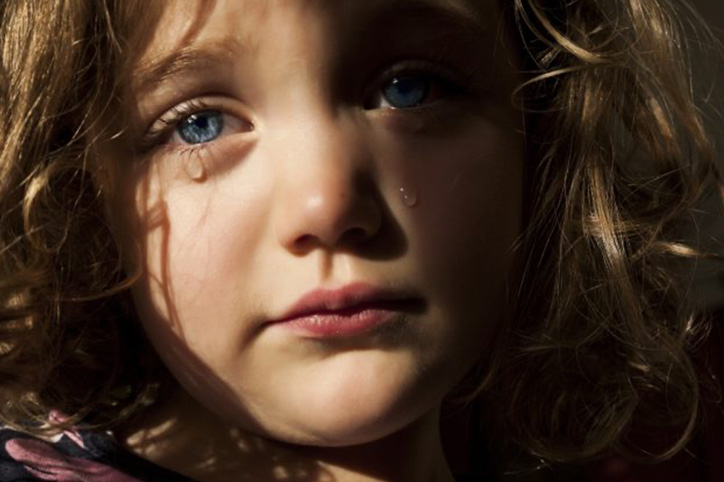The past two years have challenged our families in ways we could have never imagined, and kids are experiencing many forms of trauma, grief and loss. “In addition to grieving the lives we’ve lost, our children are also grieving the loss of time with friends, a sense of normalcy and routine and at times the presence of loved ones, teachers and family,” says Sara Potler LaHayne, founder and CEO of Move This World, an organization which works to help students PreK-12 better engage and express themselves.
In order to help our children move through this challenging time and the inevitable challenges that will come on the other side of this pandemic, LaHayne notes that it’s important to understand our OWN feelings first. “What have you lost? How are you feeling today? Oftentimes, we try to sweep our own feelings under the rug and put on a brave face in front of our kids, but we grieve – and heal – in community. Our children need to see us experiencing and processing our feelings so that they can learn to do the same.” She goes on to explain that the act of taking care of our own emotional health models for our children that feelings are important and that they can be understood and managed. “It’s a powerful and important lesson and the first step to supporting our children through grief. Plus, we have to put on our own oxygen mask first, before we can begin to help others.”
Once we understand our own feelings and take steps to care for ourselves LaHayne underlines that we can support children through the big feelings that come with grief and loss.
Here are her top five ways to help children process grief:
Validate their feelings.
“Listen to your children closely and carefully when they tell you how they feel. Thank them for sharing. ‘Thank you for telling me/sharing ___ with me.’ It’s important that they feel seen and heard. Ask open ended questions. For example, ‘What have you heard about death? How does that make you feel?’ Maintain an open dialogue and space for questions. If this is uncomfortable to do or feels forced, try doing an activity at the same time that encourages opportunities for conversation such as baking, puzzles, games or crafts.”
Provide actionable – and factual – information.
“Start by determining what your children already know about death, grief or loss and what they would like to learn. Explain the truth in a way they will understand, but use clear and factual terms. For example, ‘death’ is a complicated topic to understand, but phrases like ‘passed away’ or ‘are no longer with us’ are even more confusing for children. Try being specific and clear in your language, like ‘Grandpa’s heart stopped beating’ or ‘Grandpa’s no longer breathing.'”
Offer reassurance.
“Remind your children that good things are still happening. There are people like doctors, healthcare workers and teachers working very hard to keep everyone safe, healthy and learning. Ask your children if they’d like to help, and brainstorm ways to help in your own community. Focusing on the good in the world around them can also offer reassurance. Some platforms that offer positive stories are ‘The Good News’ movement on Instagram, as well as ‘Some Good News’ on YouTube. Remind them that they are safe and that you are there to support and protect them.”
Monitor their media habits.
“The news is unpredictable and oftentimes we don’t know what to believe. If you watch, listen or read the news, try to be cognizant of the source and use the opportunity together as family to spark discussion and conversation. If the news is causing fear, turn it off and talk about how it makes you feel. Help your children understand that we always have the ability to be aware of how the news makes us feel and turn it off when we need to. Set limitations about when you will watch news and media to avoid getting sucked in for hours and be mindful of social media. Follow accounts that make you feel good. Listen to podcasts that are constructive, such as The Emotion Motion Podcast, that help kids process big feelings.”
Maintain structure and routine.
“Structure and routine are crucial in helping people through the grieving process. Do your best to keep regular routines for activities like bedtime, meals and playtime. Create a schedule and incorporate activities that will help you take care of yourself to keep each day feeling a little fun and different – not monotonous.”




